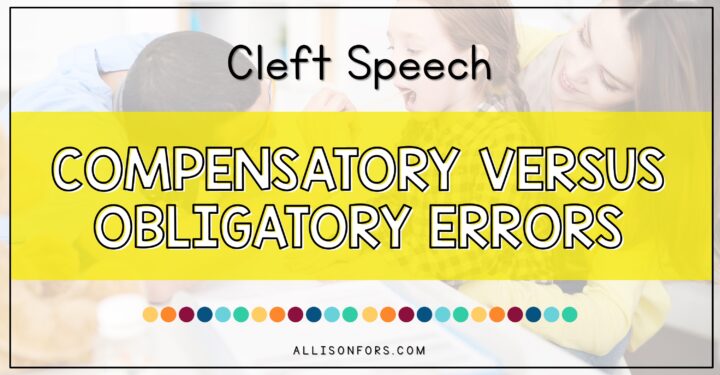
Do You Know These Speech and Hearing Facts?
May is Better Hearing and Speech Month! Feel free to share this to help others better understand the roles of SLPs and become better educated on speech-language disorders, as well as hearing disorders!
SPEECH AND LANGUAGE DISORDER FACTS
- By the first grade, roughly 5% of children have noticeable speech disorders. (asha.org)
- Research has found that 20 to 40 percent of children with a family history of speech and language impairment have the condition themselves, compared with about 4 percent of those with no family history of SLI. (understood.org)
- 6–8 million Americans have some form of language impairment. (asha.org)
- As many as 5 percent of school-age children are believed to have a language disorder. This makes language disorders some of the more common childhood disorders. (understood.org)
- Babies born with less than 85% of their optimum birth weight are more likely to talk late. (asha.org)
- The prevalence of later talkers is 10-20% of 2 year olds. (asha.org)
- Late talkers have a 1.96x the number of severe and/or frequent tantrums compared to their peers with typical language skills. (Relations between toddler expressive language and temper tantrums in a community sample. 2019)
- Toddlers who produced a gesture for an object learned to say the word, on average, 3 months later. (Goldin-Meadow, S. How gesture helps children learn language. 2014.)
- Echolalia is characteristic of 85% of autistic children who acquire speech. (Prizant, 1987)
- Of the 6.1 million children with disabilities who received special education under IDEA in public schools in the 2005–2006 school year, more than 1.1 million were served under the category of speech or language impairment. (understood.org)
- Dyslexia is common among kids with mixed receptive-expressive language issues. (understood.org)
- One large study of children with language disorders found that many also had ADHD (19 percent), followed by anxiety disorders (10 percent) and oppositional defiant disorder (ODD) and conduct disorder (7 percent combined.) (understood.org)
- 40 million Americans have communication disorders, costing the U.S. approximately $154–186 billion annually. (asha.org)
- Approximately 1 million Americans suffer from aphasia. (asha.org)
- About 1 third (225,000) of strokes result in aphasia. (aphasia.org)
- Babies with cleft palate have delayed onset of first words, acquire words more slowly, and show a preference for words beginning with sonorants – vowels, nasals, liquids, and glides.
- More than 70 million people worldwide stutter, which is about 1% of the population. In the United States, that’s over 3 million Americans who stutter. (stutteringhelp.org)
- Stuttering affects four times as many males as females. (stutteringhelp.org)
- There are four factors most likely to contribute to the development of stuttering: genetics (approximately 60% of those who stutter have a family member who does also); child development (children with other speech and language problems or developmental delays are more likely to stutter); neurophysiology (recent neurological research has shown that people who stutter process speech and language slightly differently than those who do not stutter); and family dynamics (high expectations and fast-paced lifestyles can contribute to stuttering). (stutteringhelp.org)
- Approximately 5 percent of all children go through a period of stuttering that lasts six months or more. Three-quarters of those will recover by late childhood, leaving about 1% with a long-term problem. The best prevention tool is early intervention. (stutteringhelp.org)
- Children and adults who stutter are no more likely to have psychological or emotional problems than children and adults who do not. (stutteringhelp.org)
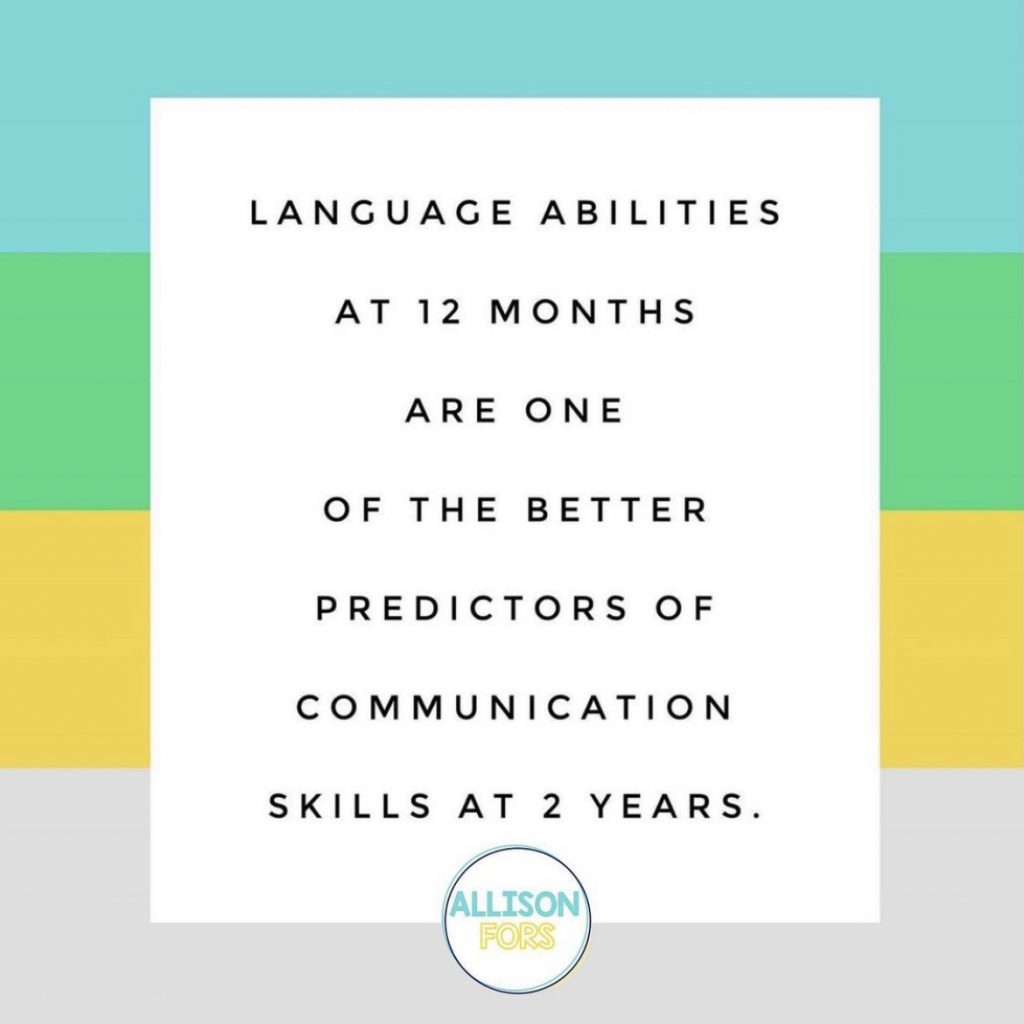
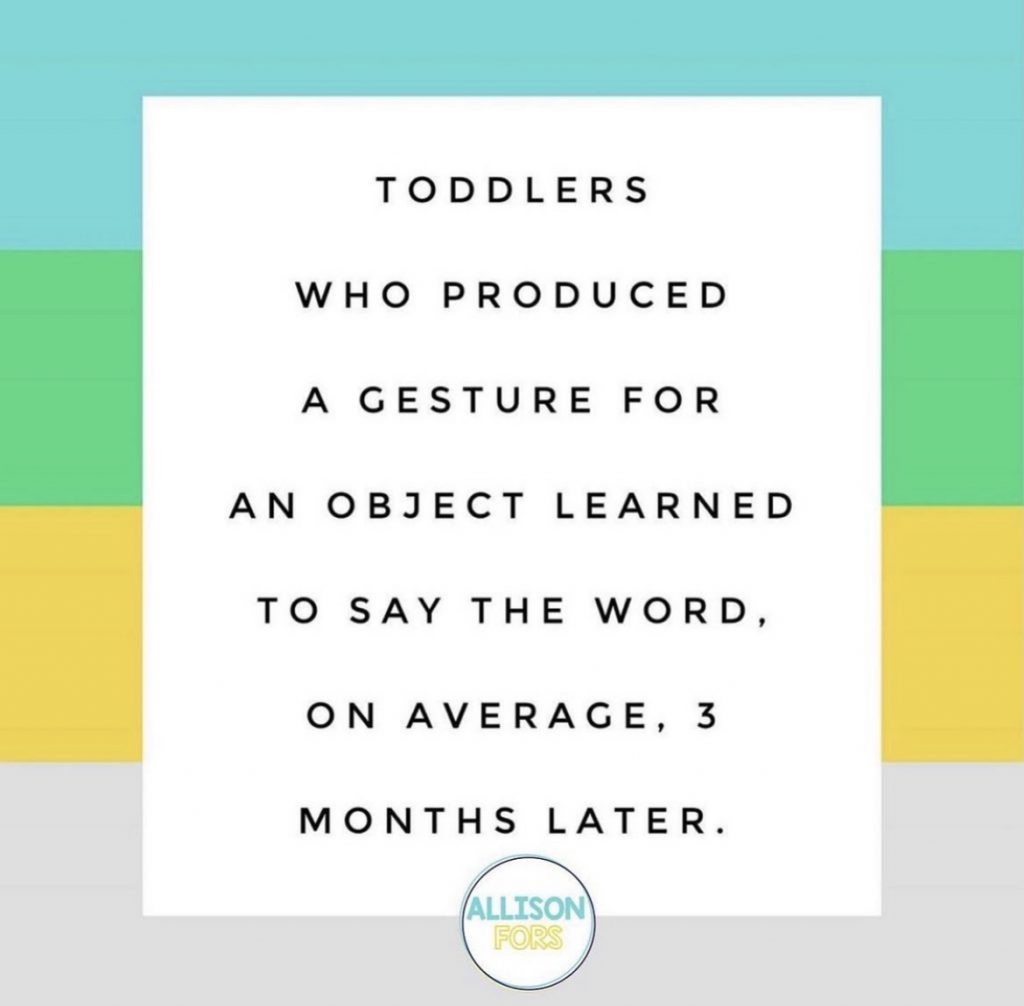

HEARING DISORDER FACTS
- The Centers for Disease Control estimate the lifetime costs for all people with hearing loss born in the year 2000 will total $2.1 billion. Most of these costs will come from lost wages due to inability or limited ability to work. (asha.org)
- Approximately 36 million Americans have some degree of hearing loss. (asha.org)
- Permanent hearing loss is present in more than 50% of the adult cleft palate population and eustachian-tube dysfunction is present from birth in over 90% of infants. (Yules RB. Hearing in Cleft Palate Patients)
- According to an AARP/ASHA 2011 poll of AARP members, 47% of respondents reported having untreated hearing loss. (asha.org)
- 1 in 5 Americans have hearing loss in at least 1 ear. (asha.org)
- Approximately 26 million Americans, ages 20–69, have high frequency hearing loss due to exposure to loud noises. (asha.org)
- About 20 percent of Americans, 48 million, report some degree of hearing loss. (hearingloss.org)
- At age 65, one out of three people has a hearing loss. (hearingloss.org)
- 60 percent of the people with hearing loss are either in the work force or in educational settings. (hearingloss.org)
- While people in the workplace with the mildest hearing losses show little or no drop in income compared to their normal hearing peers, as the hearing loss increases, so does the reduction in compensation. (hearingloss.org)
- About 2-3 of every 1,000 children in the United States are born with a detectable hearing loss in one or both ears. (hearingloss.org)
- Almost 15% of school-age children (ages 6-19) have some degree of hearing loss.
- Hearing loss is a major public health issue that is the third most common physical condition after arthritis and heart disease. (hearingloss.org)

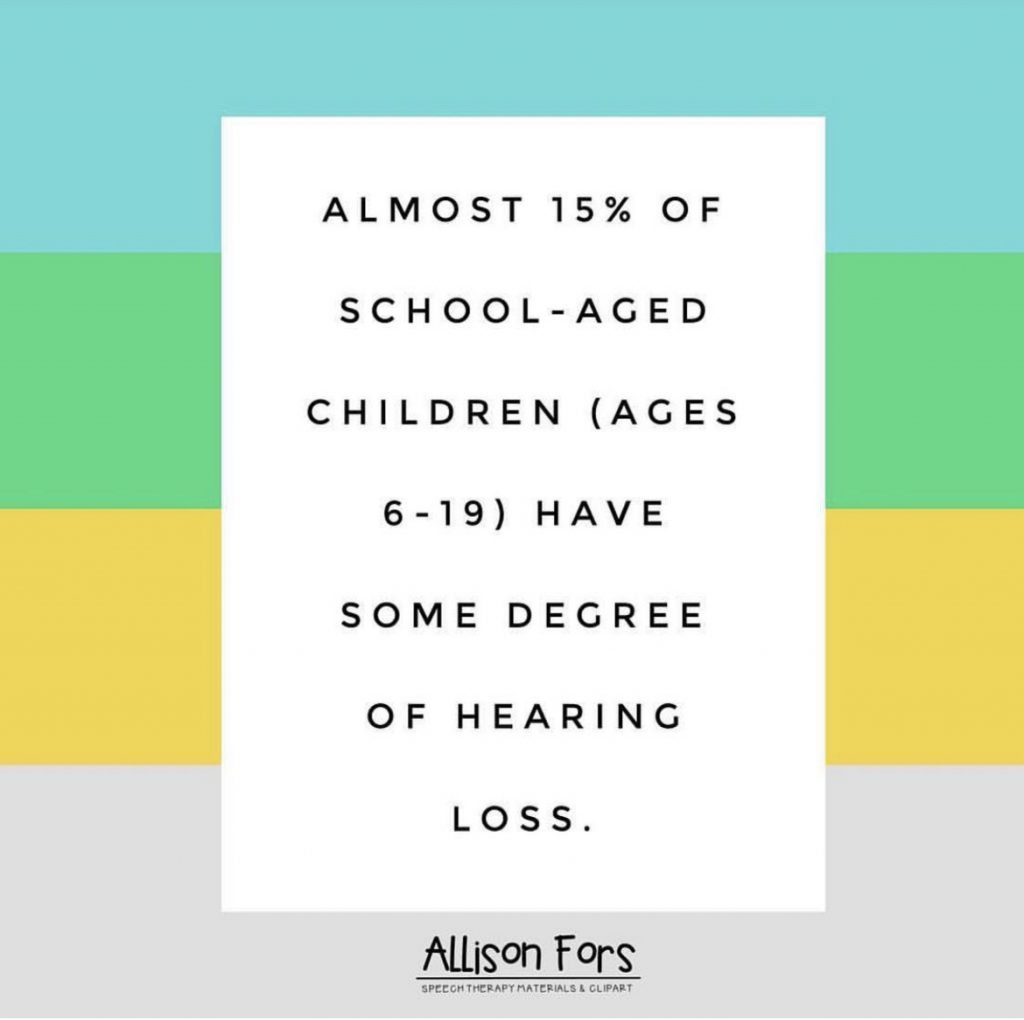
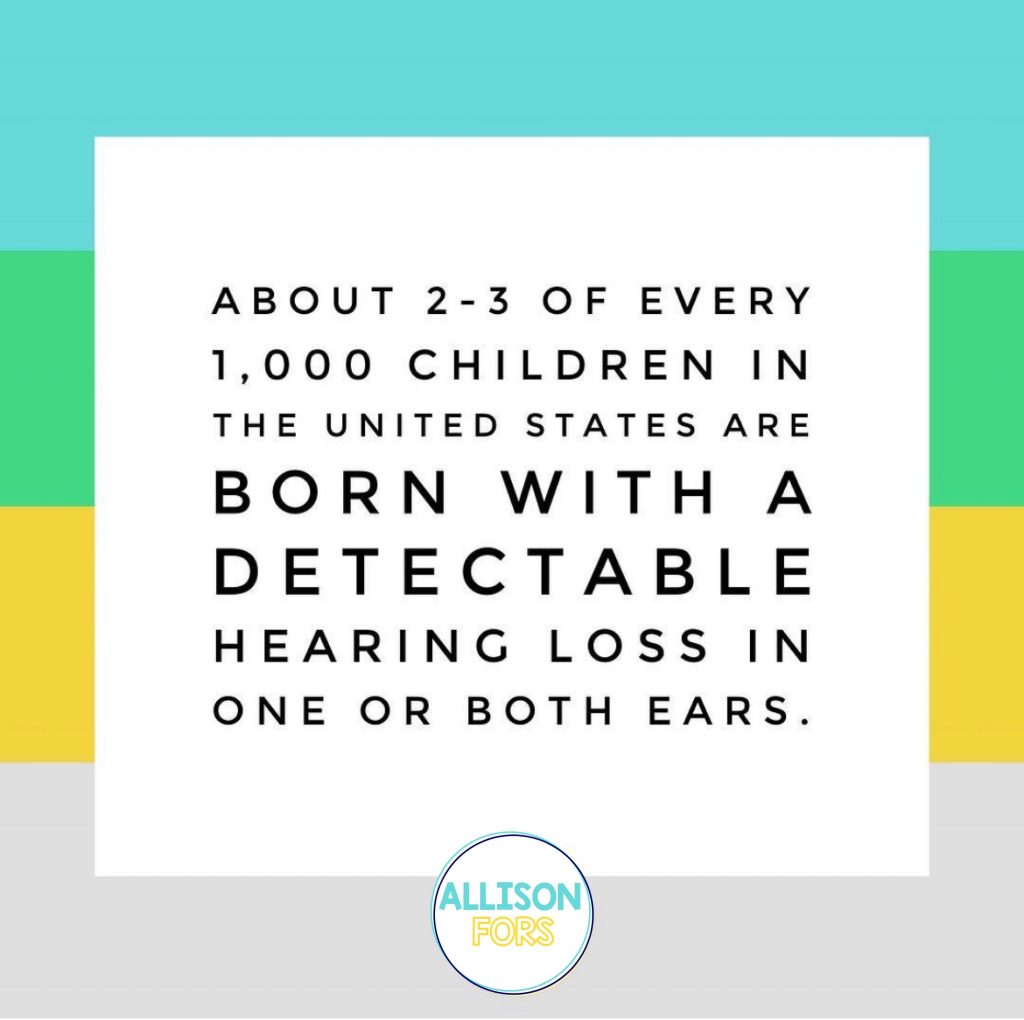

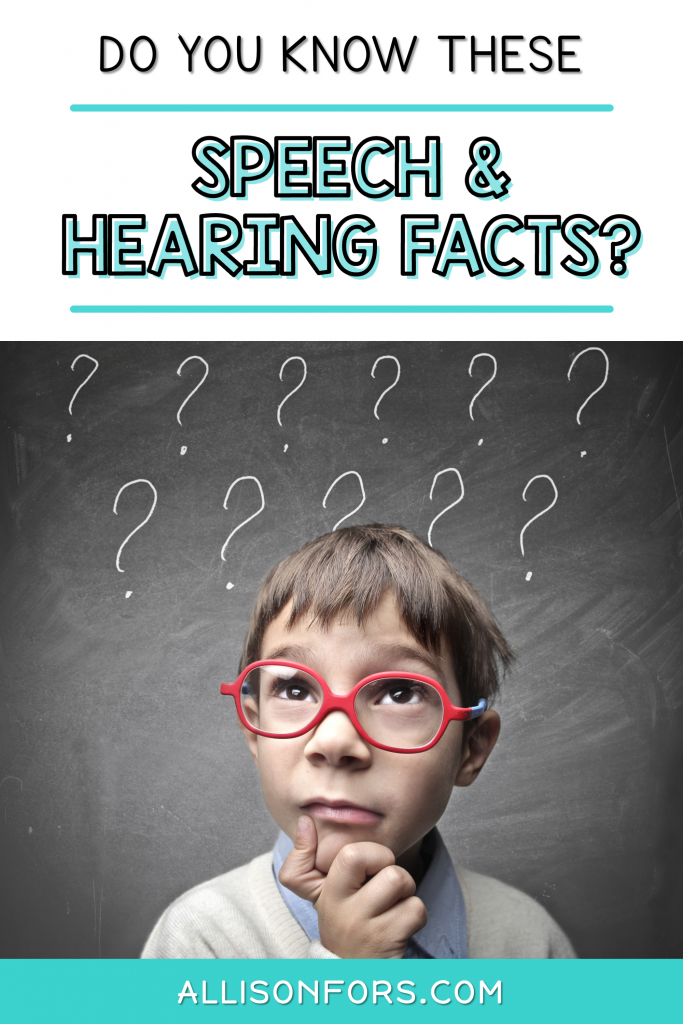


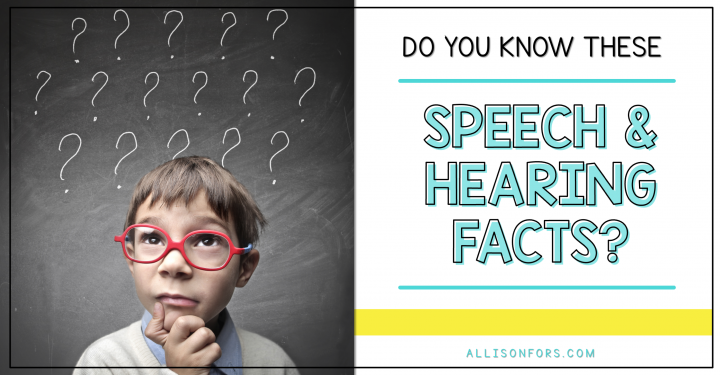

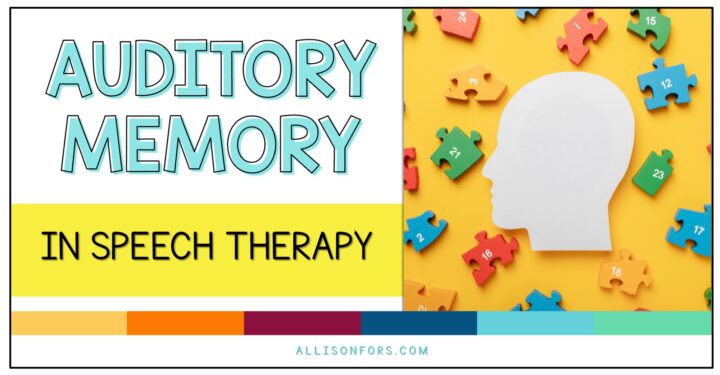


One Response
Wow, I had no idea that around 6 million Americans have a speech impairment. My nephew stammers and it is something that he is terribly shy about. He is planning on going to speech therapy, but until then I think it’s important for him to know that he is not alone; that many people like him have speech impairments too.